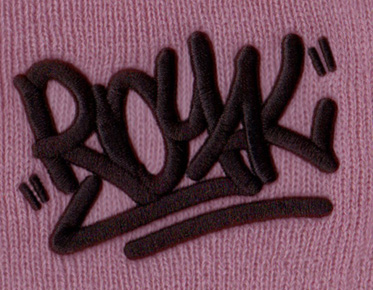Navigating Density: Choosing the Perfect Needle for Dense Embroidery
Introduction:
Intricate details and bright patterns are vital to the craft of embroidery. But when it comes to intricate needlework, picking the appropriate needle is essential to getting perfect results. The quantity of stitches can place a great deal of strain on the needles, reducing their usefulness and degrading the quality of the embroidery. In order to assist you in selecting the perfect needle for your dense stitching tasks, we'll go thoroughly into the world of dense embroidery in this blog post.
1. The Challenge of Dense Embroidery:
Dense embroidery involves a high stitch count within a confined area, creating rich textures and captivating visual effects. However, this intensity of stitches can lead to challenges such as thread breakage, needle deflection, and distortion of the design.
2. Needle Anatomy:
Understanding the anatomy of embroidery needles is essential for selecting the right needle for dense embroidery.
Needle Size: Needles are sized by a number that corresponds to the thickness of the needle shaft. Smaller numbers indicate thicker needles. For dense embroidery, consider using a slightly larger needle size to accommodate the higher thread count.
Needle Point: The type of needle point affects how the needle interacts with the fabric. A sharp or ballpoint needle point is preferable for dense embroidery, as it reduces the risk of fabric distortion.
Needle Eye: The size of the needle eye should match the thread being used. For dense embroidery, choose a needle with a larger eye to prevent thread shredding and breakage.
3. Needle Types for Dense Embroidery:
Sharp Needles: These needles have a fine, tapered point that easily pierces dense fabrics. They work well for densely woven fabrics like denim or canvas.
Ballpoint Needles: Ballpoint needles have a rounded tip that glides between fabric threads, making them ideal for knit fabrics and materials prone to distortion.
Titanium-Coated Needles: These needles are coated with a layer of titanium, making them more durable and resistant to wear. They can be particularly beneficial for dense embroidery due to their extended lifespan.
4. Thread Compatibility:
The thread you use also influences needle selection. Choose a needle that accommodates the thickness of the thread, preventing unnecessary friction and breakage.
5. Hooping and Stabilization:
Proper hooping and stabilization techniques are crucial for dense embroidery. Using the right stabilizer and ensuring even tension in the hoop can reduce stress on the needle and enhance the quality of the embroidery.
6. Experimentation and Testing:
No two dense embroidery projects are the same. It's essential to experiment with different needle types, sizes, and thread combinations on scrap fabric before tackling your final project. Testing allows you to identify the optimal needle for your specific design and fabric.
7. Regular Needle Maintenance:
Dense embroidery can put extra wear on needles. Regularly inspect your needles for signs of wear, burrs, or damage. Replace needles as needed to maintain embroidery quality.
Conclusion:
Choosing the right needle for dense stitching is essential to getting amazing results. Your ideal needle choice will be determined by your extensive knowledge of needle anatomy, compatibility with thread and fabric, and effective stabilizing methods. Keep in mind that experimentation, testing, and a careful eye for detail will help you overcome the difficulties of dense stitching and ensure that your products are a monument to your skill and imagination.



